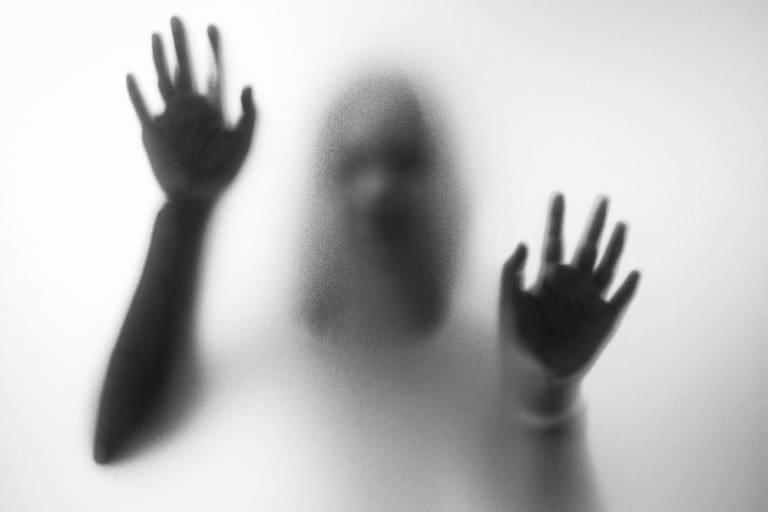A new study conducted by the University of New Mexico’s Department of Psychology has revealed a unique nonverbal indicator that might suggest psychopathic traits in women. The research, focused on female inmates aged between 21 and 57 years, utilized head-tracking algorithms to analyze their nonverbal behaviors, particularly focusing on head movements during conversations.
The findings from the study, considered the first of its kind to link female psychopaths with nonverbal communication patterns, indicated that women who display very little or no head movement while speaking tend to exhibit higher levels of psychopathic traits. These traits include a lack of guilt, impulsiveness, manipulation, pathological lying, callousness, irresponsibility, and a broad spectrum of criminal behaviors.
The research team applied an automated detection algorithm to analyze the head positions and dynamics, defining average head position (AHP) from frame-by-frame video analysis of interviews with the inmates. Based on the data, they categorized the movements into minimal, moderate, or extreme, concluding that minimal head movement correlates with increased psychopathic tendencies.
The study also referenced the ‘Hare Psychopathy Checklist – Revised’ (PCL-R), a widely used diagnostic tool developed by Canadian psychologist Robert D. Hare in the 1970s, to assess antisocial behaviors on a scale from one to 40. A score of 30 or above generally classifies an individual as a psychopath.
This groundbreaking research sheds light on the subtle cues that may enhance the detection of psychopathic behaviors, providing a new avenue for understanding and potentially identifying psychopathy through nonverbal cues.




